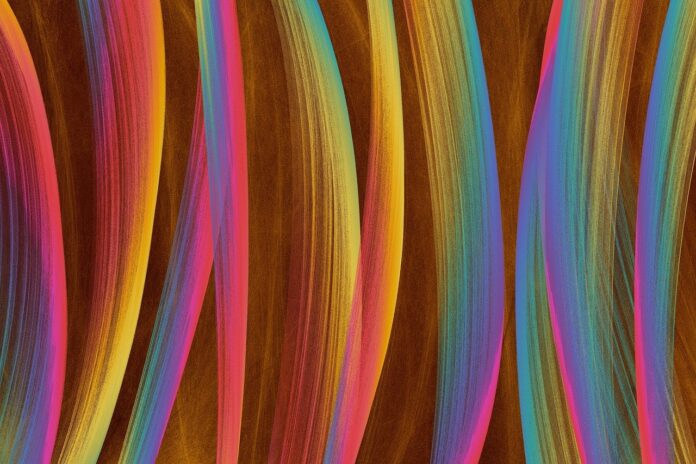Face Swapping: In an era where technology constantly pushes the boundaries of what’s possible, the concept of Face Swapping has emerged as a fascinating and oftentimes bewildering phenomenon. As the name suggests, Face Swapping is the process of digitally exchanging one person’s face with another’s, creating a hybrid image that melds the features of both individuals. This digital manipulation technique, Face Swapping, has garnered significant attention for its creative applications, humorous outcomes, and at times, ethical considerations. This comprehensive analysis delves into the intricacies of Face Swapping, examining its evolution, underlying technologies, artistic potentials, ethical implications, and future prospects.
Face Swapping is more than just a technological trick; it’s an artistic endeavor that combines computational prowess with human creativity. At its core, Face Swapping leverages advanced image processing techniques, artificial intelligence, and deep learning algorithms to seamlessly superimpose one face onto another’s facial structure. This results in an image that appears genuine at first glance but harbors the unique fusion of the two individuals’ features.
The evolution of Face Swapping is tightly intertwined with advancements in computer vision and machine learning. Early attempts at Face Swapping were rudimentary and often yielded comical, if not outright bizarre, outcomes. As technology progressed, the realism and accuracy of Face Swapping improved significantly. Today, Face Swapping algorithms can analyze facial landmarks, contours, lighting conditions, and even emotional expressions, ensuring that the swapped faces harmoniously blend into the scene.
Face Swapping has found its home in a plethora of creative domains. In the entertainment industry, it has been used for comedic effect in movies, where actors’ faces are playfully swapped to elicit laughter. However, it’s not limited to humor; Face Swapping can also breathe life into historical footage by seamlessly integrating historical figures into modern scenes, granting audiences a glimpse into alternative scenarios. The art world has also embraced Face Swapping as a form of digital expression, offering a new avenue for self-portraits and surrealistic creations.
While Face Swapping showcases the fusion of technology and art, it also raises pertinent ethical questions. The ease of creating convincing swapped images has led to concerns about misinformation and identity manipulation. Face Swapping can be misused to create misleading content, thereby eroding trust in visual media. Additionally, it raises questions about consent and privacy, as individuals’ likenesses can be used without their knowledge or permission. As such, striking a balance between creative freedom and ethical responsibility remains a challenge.
The future of Face Swapping holds promises of even greater realism and versatility. The continued integration of AI and deep learning will likely result in algorithms that not only swap faces but also replicate minute facial movements, expressions, and even vocal patterns. This could lead to the creation of hyper-realistic avatars for virtual interactions, revolutionizing how we engage with digital media. However, the proliferation of such technology will necessitate robust safeguards to prevent misuse and to preserve the integrity of visual information.
Face Swapping, a digital phenomenon that merges technology and artistry, represents an intriguing fusion of creative expression and technological innovation. As explored in this analysis, Face Swapping has evolved from its nascent stages of playful experimentation to a sophisticated technique that blurs the boundaries between reality and imagination. Its integration of advanced image processing, artificial intelligence, and deep learning algorithms has facilitated the creation of seamless and convincing facial exchanges.
The trajectory of Face Swapping underscores the rapid pace of technological advancement. From its early days of producing humorous yet often unrealistic results, it has matured into a tool capable of producing hyper-realistic compositions that challenge our perceptions. Face Swapping has found fertile ground in various creative domains, from the entertainment industry’s comedic applications to the art world’s exploration of digital portraiture and surrealism. The range of possibilities it offers is as diverse as the imagination of those who harness its potential.
However, this powerful tool comes with its ethical considerations. The ease with which Face Swapping can manipulate visual content raises valid concerns about misinformation, identity theft, and privacy violations. As this technology continues to evolve, responsible usage becomes paramount. It’s imperative to develop guidelines, regulations, and educational initiatives that foster ethical engagement with Face Swapping while preserving the authenticity of visual media.
As we gaze into the future, the trajectory of Face Swapping points toward ever greater realism and versatility. The integration of facial movement replication and vocal mimicry could usher in a new era of digital interaction and storytelling. Nonetheless, the responsible development and deployment of such capabilities are crucial to ensuring that the positive potential of Face Swapping is fully realized.
In essence, Face Swapping encapsulates the essence of technological advancement’s symbiotic relationship with human creativity. Its impact spans across industries, redefining visual media and challenging conventional notions of authenticity. With a mindful approach, Face Swapping can continue to push the boundaries of digital art and technology, offering both creators and audiences an avenue for imaginative exploration and meaningful engagement.
In conclusion, Face Swapping is a dynamic blend of technology and artistry that captures the imagination of both creators and audiences. Its evolution from a quirky novelty to a sophisticated technique underscores the rapid progress of computer vision and machine learning. While it offers novel avenues for creative expression, it also highlights the importance of responsible technology use and the need to strike a balance between innovation and ethics. As Face Swapping continues to evolve, its impact on media, entertainment, and even human interaction is likely to deepen, ushering in a new era of visual storytelling and digital experiences.














